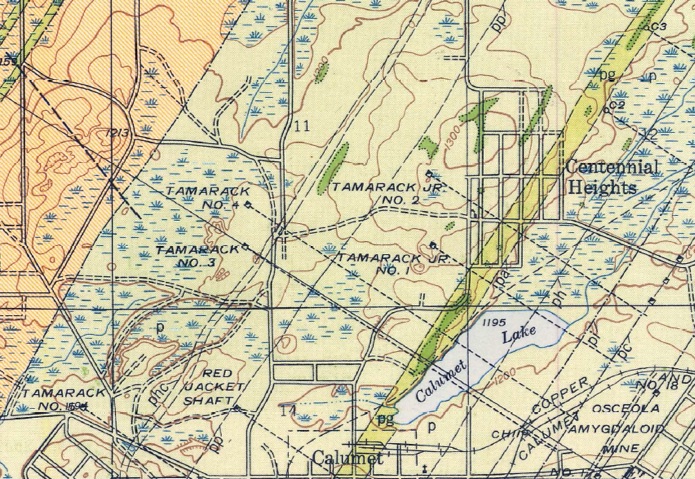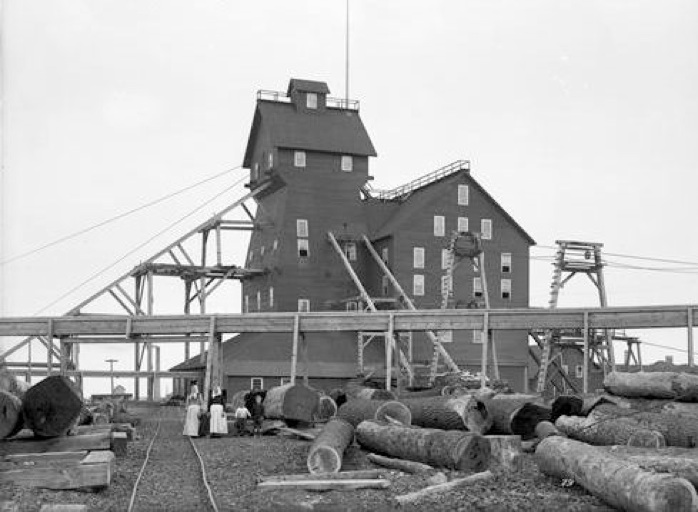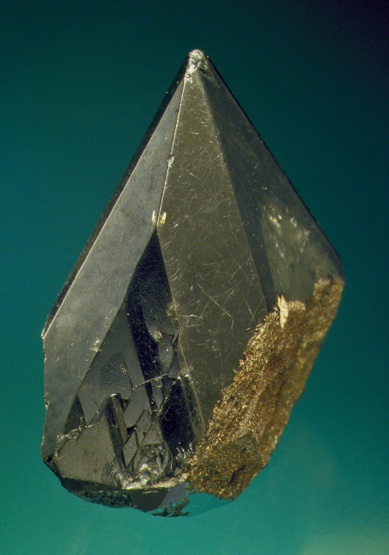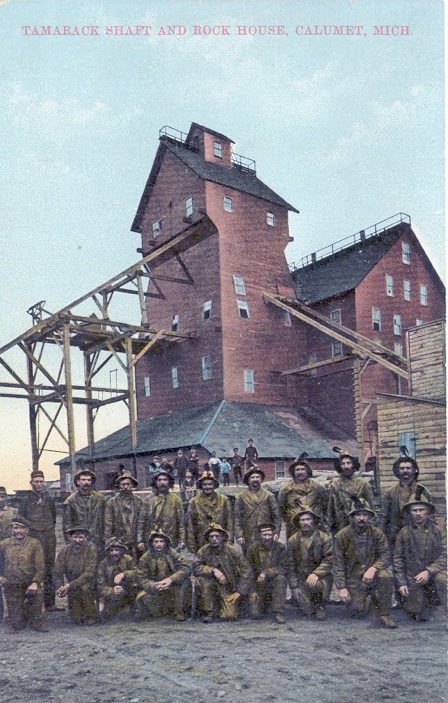









By the turn of the century it had become clear that the great Calumet & Hecla had possession of the only profitable section of the Calumet Conglomerate Lode in existence. Several attempts to mine the northern and southern extensions of the lode had proved futile, and no other lode had yet been discovered that was comparable in richness. It seemed C&H had the great Calumet Conglomerate lode all to itself - until the arrival of the Tamarack Mine.
After his failure to profitably mine the Calumet Conglomerate at Osceola, the superintendent of the Osceola Mine, John Daniell, came up with a brilliant plan that appeared to verge on lunacy. Because copper lodes dipped down into the earth at an angle, Daniell was sure that at its deeper levels, the Calumet Conglomerate would extend past C&H’s land holdings. His plan was to sink deep vertical shafts just to the west of C&H property which would intersect with the Calumet Conglomerate lode a half mile down into the earth. Daniell’s would essentially mine the conglomerate from right under C&H’s nose.
Daniell’s plan was put to the test with the formation of the Tamarack Mine in 1882. The new mine sank a total of five shafts along C&H’s western border with an average depth of over 4500 feet - its deepest shaft dropping over a mile straight down. Like Daniell hypothesized, these shafts crossed the Calumet Conglomerate Lode at depths especially rich in copper. The mine worked at a profit from 1887 to 1907. In 1917, Tamarack sold the property to Calumet & Hecla for $3 million, and the company was dissolved. In 35 years of operation, Tamarack produced 389,215,899 lbs. of refined copper, making Tamarack the second largest producer from the Calumet Conglomerate.
excerpt from Michigan Copper Mines



CC Reflections

Powellite
Tamarack Mine
AE Seaman Museum,
C Stefano
An unusual occurrence of an unusual mineral!
Powellite at Red Jacket and Tamarack in Calumet is marked by an unusual color and exceptional crystal form.
Powellite is a calcium molybdate named for John Wesley Powell.
This is one of many Keweenaw mineral classics that can be viewed at the AE Seaman Museum in Houghton.




